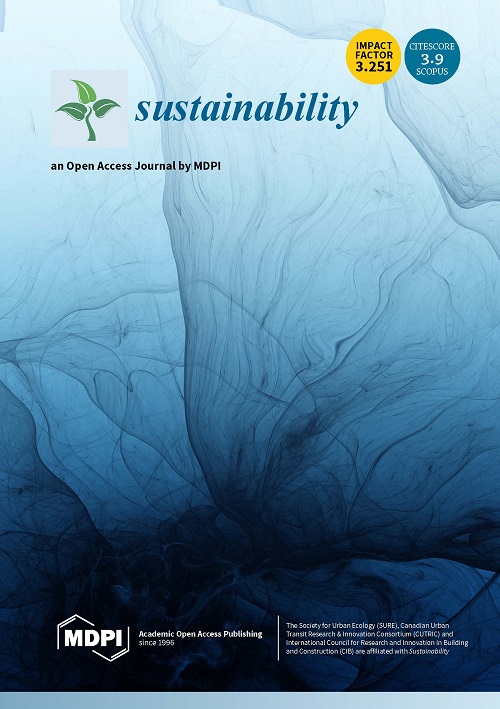Ethiopia has diverse agroecology with vast areas, suitable for growing subtropical and tropical fruits. Despite this potential, the avocado industry in Ethiopia is still in its infancy. This study assessed the adaptation of five avocado cultivars: Ettinger, Fuerte, Hass, Nabal, and Reed, survival rate, growth performances, fruit yield, and household contributions in Lemo district Ethiopia. The results revealed that there were significant differences in tree growth performance and yield among avocado cultivars (P < 0.05). The highest vegetative growth performance was demonstrated by Nabal, Fuerte, Ettinger, and Hass, while Reed was the lowest. In 2020, Nabal had the highest fruit yield (96 kg tree1), followed by Hass (47 kg tree1), while Fuerte had a relatively low fruit yield (39.43 kg tree1). Due to its larger fruit size, the Nabal was used for sale, while the Hass cultivar, which has a sweet taste, was mainly used for home consumption. The findings demonstrated that significant difference in management practices applied by male and female farmers. Overall, the study concluded that the Nabal, Hass, and Ettinger cultivars had a great potential for fruit production, which could improve smallholder farmers livelihood. As a result, it is necessary to scale up these avocado cultivars in the midland agroecological zone of the country.
DOI:
https://doi.org/10.1016/j.heliyon.2023.e23037
Altmetric score:
Dimensions Citation Count:
























